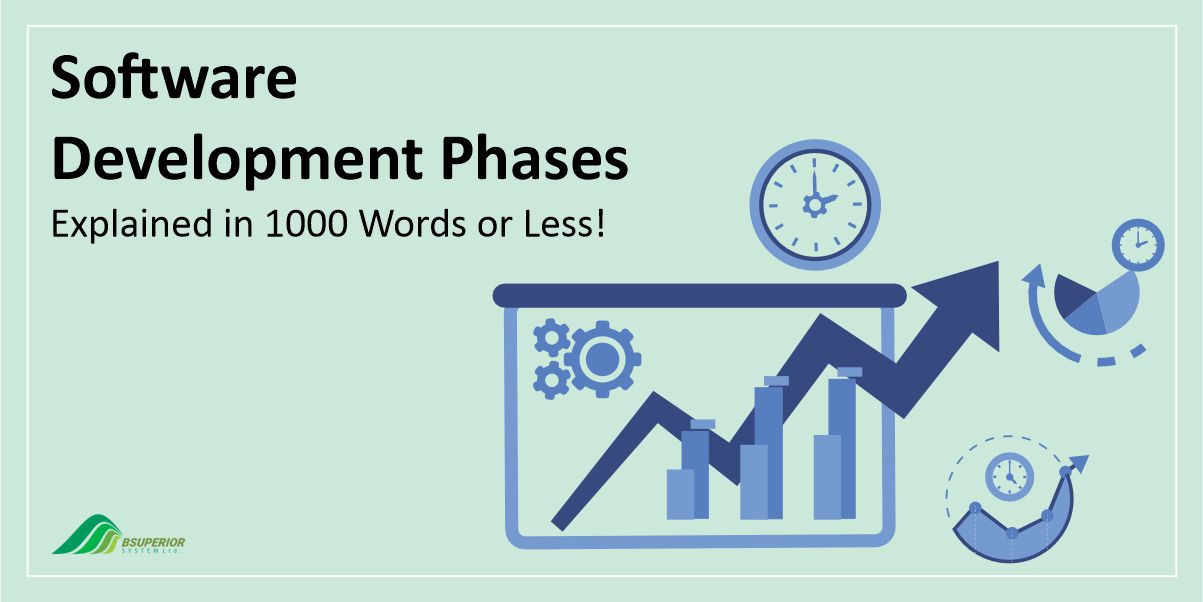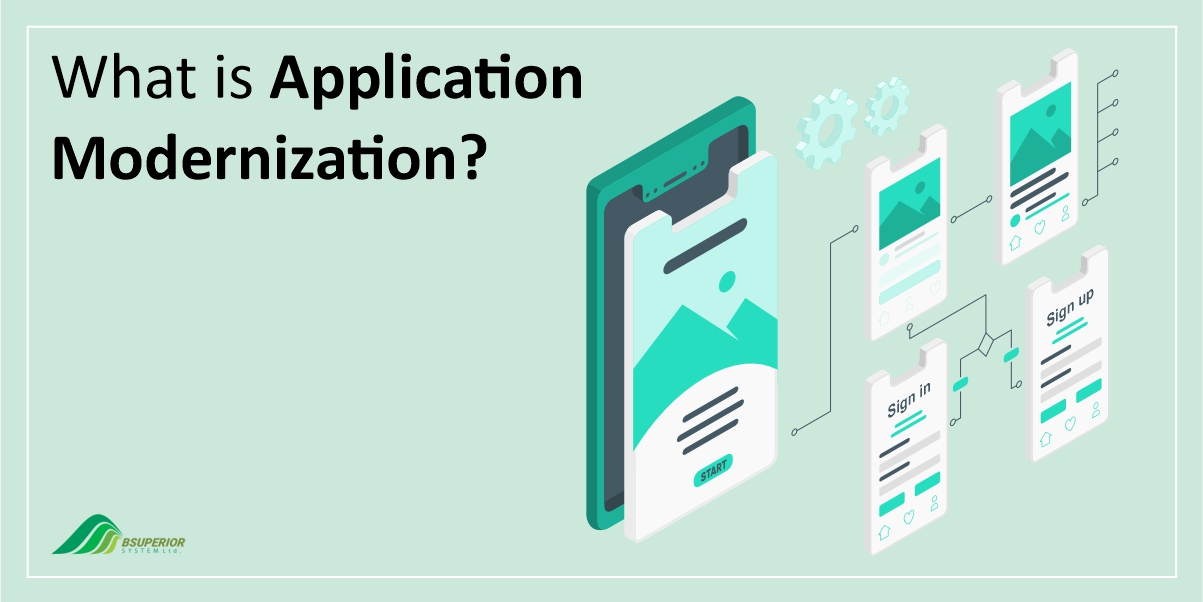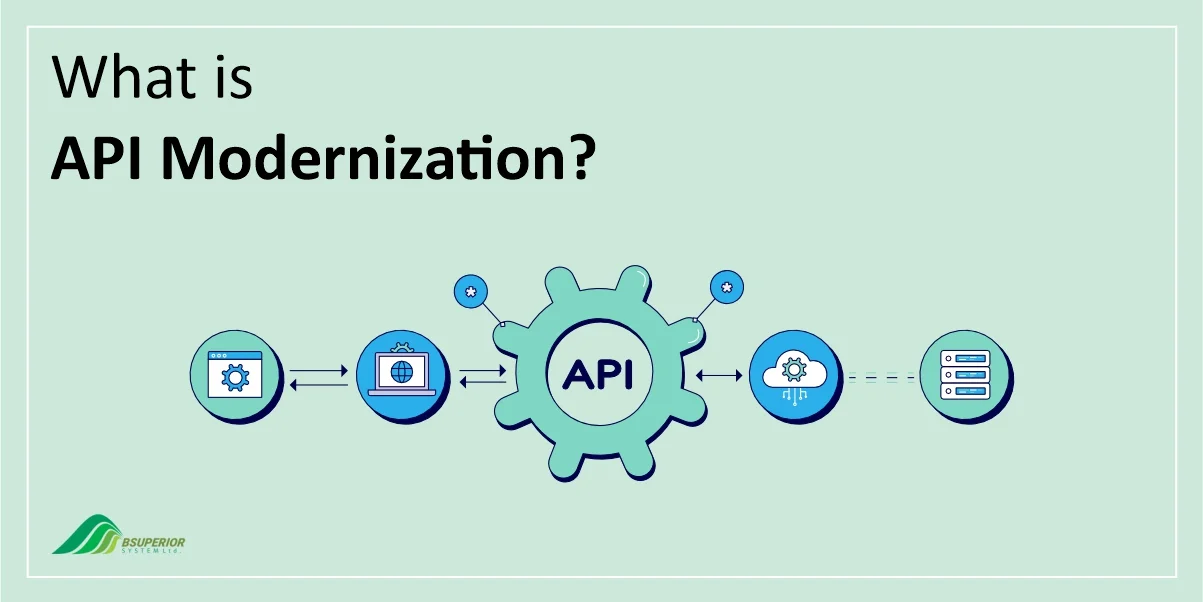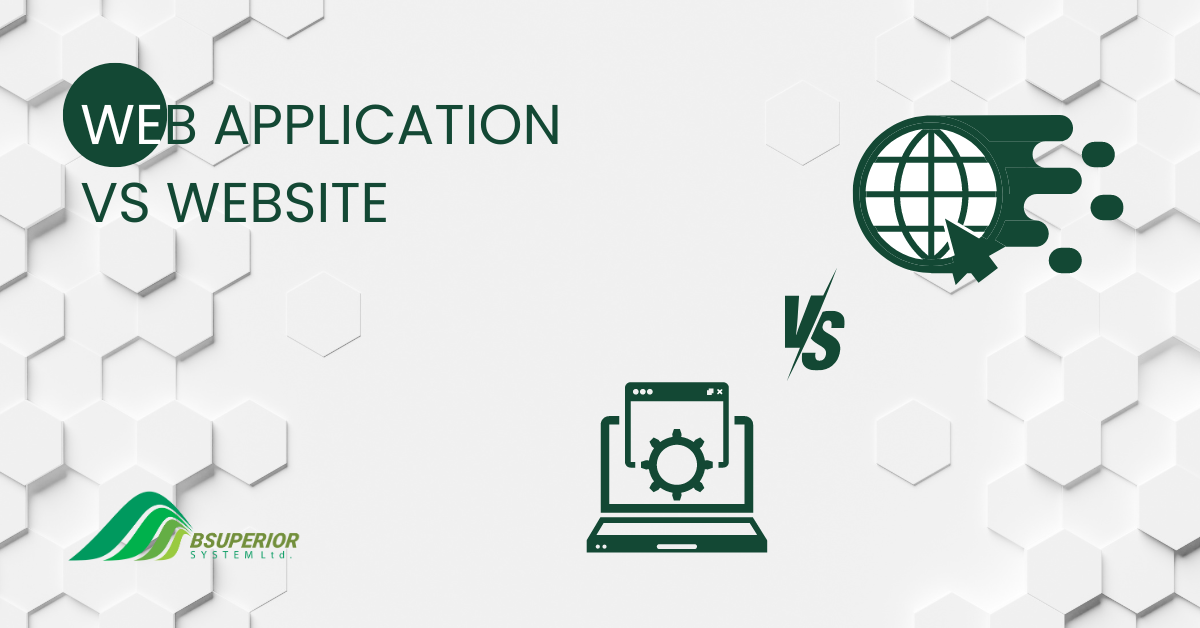Software Development Phases, Explained in 1000 Words or Less!

Table Of Content
What are the software development stages? How is software created? What should we do to develop an application?
In this blog, we are going to discuss the software development life cycle (SDLC). Every project needs a series of stages to be completed. Understanding the business needs and technical requirements of the project and its financial requirements is necessary to run the project. The SDLC works as a plan that a software development team can rely on and helps the team stay focused on their tasks. Here, we are going to explain the phases of software development one by one.
Software Development Life Cycle
SDLC does not have a fixed number of stages; if you ask professionals, they may name five phases or even ten. Either way, they are correct. What is important is that these phases are separate, different, and, at the same time repetitive and are being completed on a regular basis. You’ll need SDLC to complete a project on time, plan the tasks ahead, and predict the problems or challenges you may face.
Ideation
The first and foremost step in software development is the idea. Any software is designed and developed to do something for its users. It can be meeting their needs or providing them with a service. The project starts with the idea of creating software that helps, informs, or amuses users. Once you have a smart and profitable idea, you set a path for completion. This path consists of different phases based on SDLC.
Requirement Analysis
This is the phase where the development team holds meetings with their customers or anyone who is going to use the software. In order to devise a complete plan for developing the software, the team needs to know what the customers’ needs are and what they want from the software. In other words, they specify what is in the
scope and OUT of the scope to find and propose the most suitable solution. The team managers also hold discussions with experts and stakeholders to discuss issues surrounding financial requirements, project timetables, project goals, predicting risks, and resources. This enables the team to come up with a clear plan for the tasks and allocate them to each team member according to their abilities.
This phase is very important because it determines the project’s structure and helps team members have a clear mindset about their tasks and duties.
Read More: BEST WEB APPLICATION DEVELOPMENT COMPANIES WORLDWIDE [TOP 10 LIST]
Design
This is called the designing phase, where the team sets the standards for the work and models how the software will operate. High-level and Low-level designs are two types of software design and prototyping.
Briefly, high-level design (HLD) is a short description of different parts of the system and their relationships, including information about the necessary flows and data structures for the developers to understand how the software is required to work. Also, taking into account the possible obstacles and problems that the project may face in the course of its completion.
Low-level design is a detailed description of the specifications and the relationship between modules of the software.
The design phase focuses on different parts of software, like UI, programming, and platforms. The software specifications, which are documented as SRS, work as the input for the next stages. This document helps stakeholders review the process plan and make necessary changes. The design phase has a major impact on the quality of the project, takes a lot of effort, and requires strategic thinking.
Development
This phase is known as the software development phase where the program is written. The developers write modules using programming languages on the basis of the Design Specification. The developing team comprises front-end and back-end developers and the number of team members depends on the scale of the project. They work on different parts according to their skills. For example, front-end developers work on the appearance of the software and create the visual part. While back-end developers work on the functionality of the software and develop the databases and servers. At the end of this phase, a primary but working version of the software is prepared, and the potential bugs and errors are predicted and fixed.
Learn More: TOP 10 API DEVELOPMENT COMPANIES IN THE WORLD
Testing
Testing is the next stage in this cycle. In this phase, the errors and malfunctions are identified and fixed by performing a variety of tests such as unit testing, functionality testing, performance testing, and so on. The QA/QC team (Quality Assurance/Quality Control team) is responsible for checking the quality of the program and its functioning. They test various aspects of the software such as performance, the modules, and the appearance, and work with the security team to test the safety of the software. The QA/QC team is responsible for finding any bugs in these areas and reporting them to the developing team. After fixing the problems, the QA/QC team should do the testing again. Different parts of the software should be tested to see if they are working in harmony and meet the user’s needs. It is important for the software to be bug-free, and the QA/QC team should ensure that.
Deployment
Another step in software development is deployment. Simply put, it means delivering the software to users. The completed and debugged software becomes available for primary users in this phase. Based on the first users’ reactions and any possible new-found bugs, the final changes are made to the software, and its final version is ready to be used.
Maintenance & Support
The final step in developing software is maintenance. The completed and bug-free software is improved once in a while to update its older versions. If any errors come up while the users are using the software, they will be fixed through new cycles.
New features are discussed in this phase, which can start a new cycle of development. The developing team ensures that users continue and are satisfied with the software. The ultimate goal of an SDLC cycle is to bring the initial ideas to life and reach the milestones set in the first phase.
Final Thoughts
Knowing these steps can help any development team to plan their development roadmap and be prepared for the development tasks. Going through all these stages might sound a little overwhelming at first, but there’s a secret to success: gather a qualified team, complete each software development phase, stay focused, and there you are! You can develop any software for your customers.
We value your input and believe this content may enhance our services. However, it's under review. If you see room for improvement, please use the "Report an issue" button below. Your feedback helps us excel.
Contact us today at –– and speak with our specialist.



